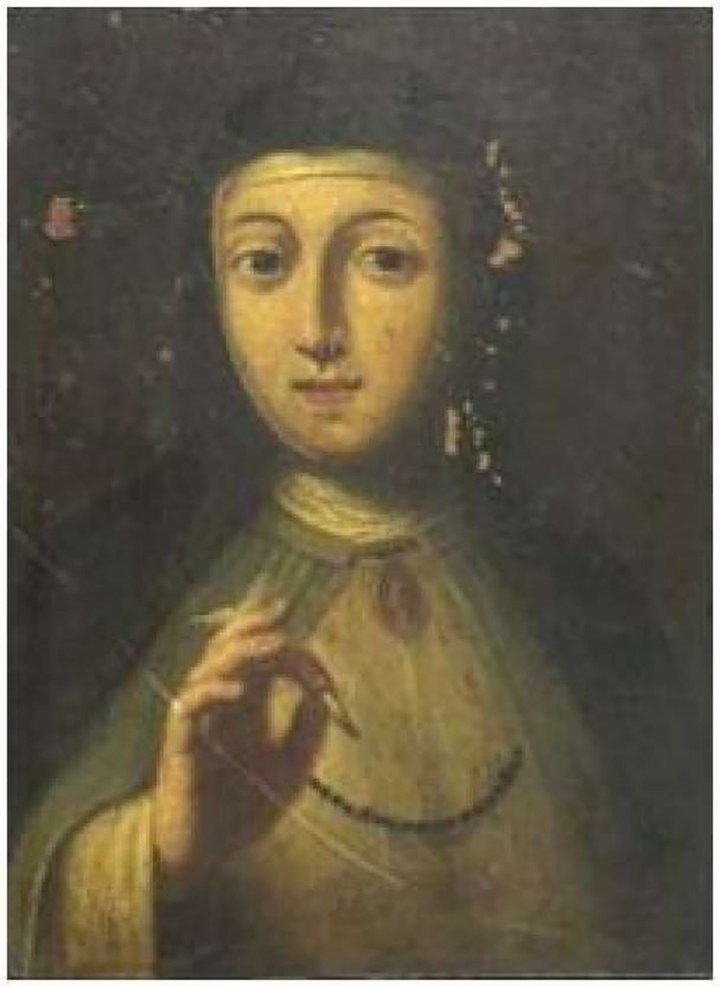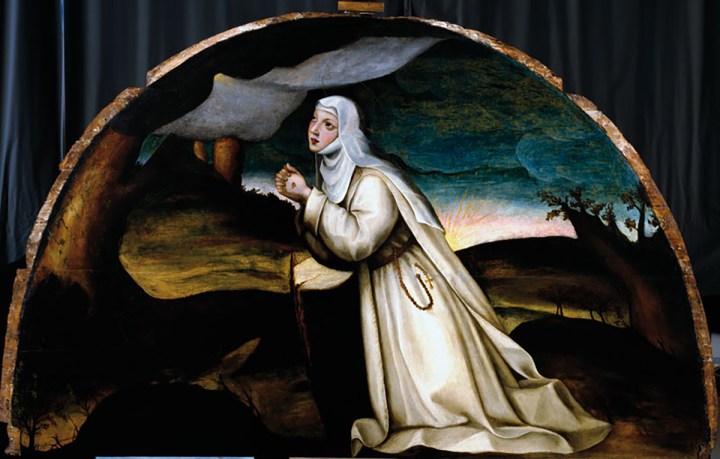Lenten Campaign 2025
This content is free of charge, as are all our articles.
Support us with a donation that is tax-deductible and enable us to continue to reach millions of readers.
Visitors to Florence’s Uffizi Museum will find no shortage of amazing works of art. It is here that masterpieces such as “The Birth of Venus” by Sandro Botticelli, “The Annunciation” by Leonardo da Vinci and Andrea Verrocchio and the “Dani Tondo” by Michelangelo are preserved.
But another set of masterpieces has been hiding from visitors for hundreds of years. For centuries, works by Renaissance female artists have been largely ignored by most art historians. As a result, the public was denied the opportunity to admire moving works of art such as the life-size rendering of “The Last Supper” painted by a 16th-century Dominican nun, Plautilla Nelli.
Today, this and more works by female artists are being rediscovered thanks to the efforts of the late American author and philanthropist Jane Fortune, who spent years researching hundreds of “forgotten” artworks completed by women during the Renaissance. Together with Linda Falcone, Fortune started “Advancing Women Artists,” a non-profit organization tasked with finding, restoring and researching works of art by female artists.

Plautlilla Nelli is of the major painters whose work was restored thanks to Fortune’s efforts. A 16th-century nun of the Dominican convent of St. Catherine of Siena, she mastered her technique by copying works of Mannerist painter Agnolo Bronzino and Renaissance painter Andrea del Sarto. In addition to her rendition of The Last Supper, she left behind masterpieces such as Saint Catherine Receives the Stigmata and Saint Dominic Receives the Rosary, which were both restored in 2008 and are currently kept in the Andrea del Sarto Last Supper Museum. Her Crucifixion is kept at the Certosa di Galluzzo Monastery, near Florence.

But the painting that perhaps best sums up her talent, and the only one that she signed, is the Last Supper. Far from being considered a minor work, Nelli’s “Last Supper” had received praise from her contemporaries, who thought that her works were imbued with spirituality. The renowned art historian Giorgio Vasari wrote that she “would have done marvelous things if, like men, she had been able to study and to devote herself to drawing and copying living and natural things.”

The 21-foot-long canvas represents the moment when Jesus announced the upcoming betrayal by one of his followers. Nelli focuses with life-like details on the emotions that the announcement stirs up in the faces of the twelve men.

Other notable women rediscovered by AWA include Violante Ferroni, an 18th-century prodigy who was commissioned to paint religious artworks at just 20 years of age by Florence’s Saint John of God Hospital. AWA helped restore an oval painting titled Saint John of God Heals Plague Victims, in which the talented woman had depicted St. John in the act of curing young Florentines from the plague.
These and more works can be visited digitally at AWA.org

